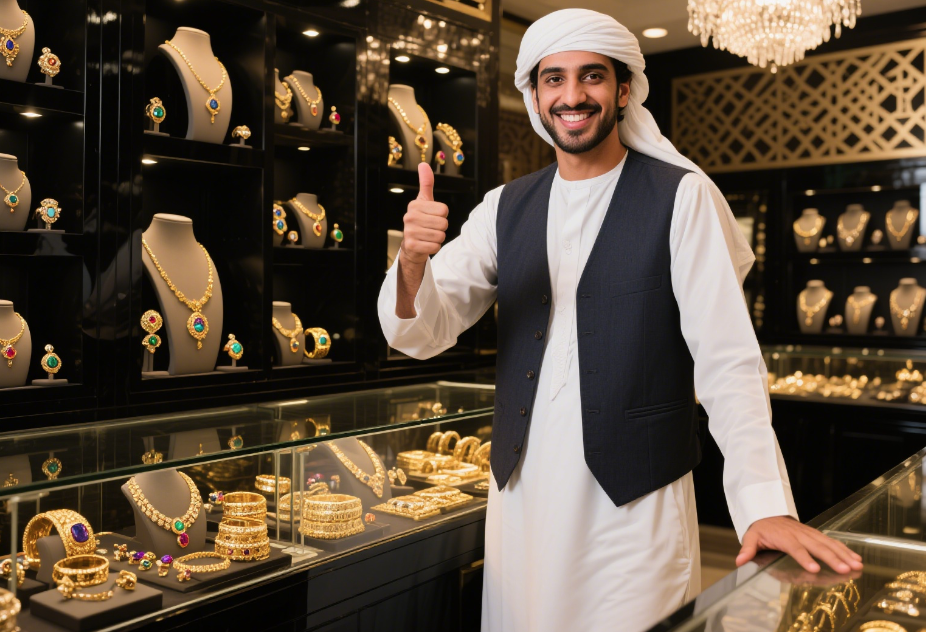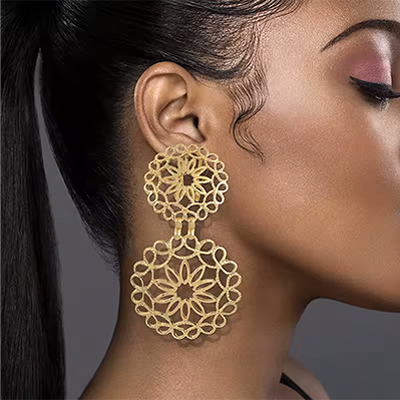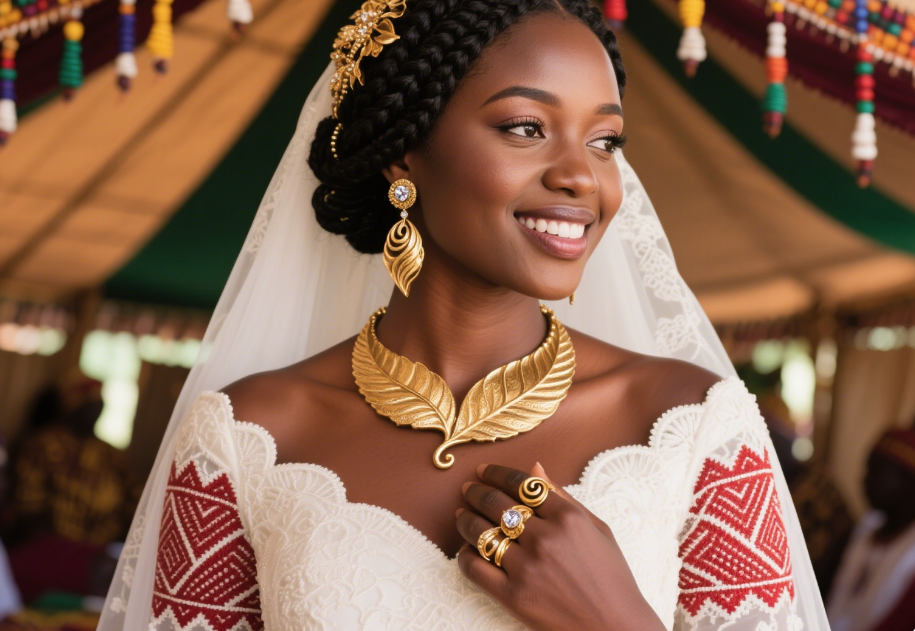Emphasize "localization co-creation" rather than "one-way output"
Highlight the deep collaboration between designers and local cultural holders, such as recording the cooperation process with the Yoruba silversmith in Nigeria: "To capture the sacred sense of the 'Irekeja' head crown in Yoruba wedding, JUEMEI designers and tribal silversmiths stayed in front of the forging furnace for 37 days - the other party taught the ancient method of tempering with palm leaf ash, and we used modern 3D modeling to restore the proportion of the 'Tree of Life' totem of the head crown. The final 'Twin Crown' series not only retained the original texture of hand-beating, but also allowed the gems to refract the warm light of the tribal bonfire in the sun through laser micro-setting."
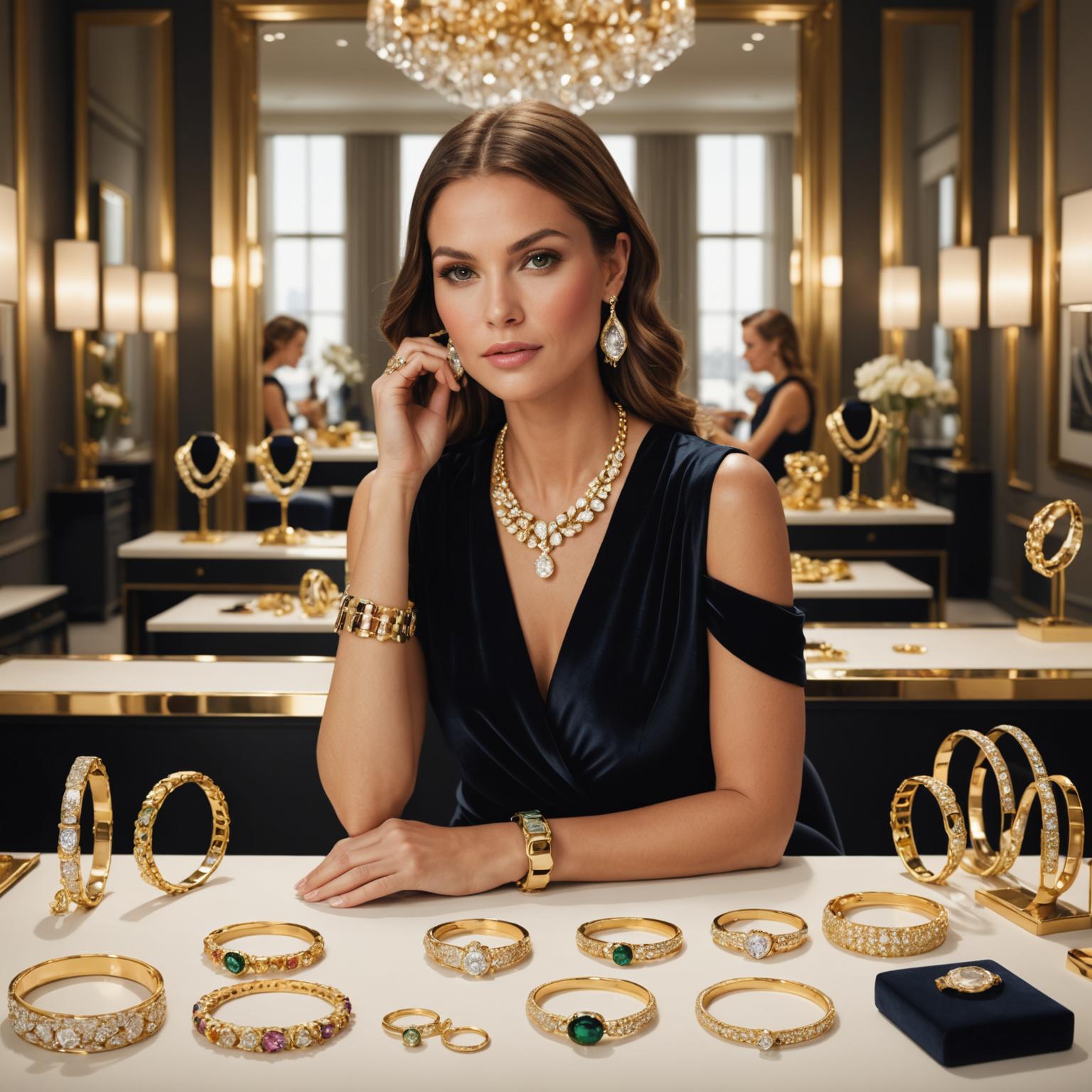
Use "uncommon sense details" to reflect the barriers of craftsmanship
Comparing the pain points of conventional designs, highlighting JUEMEI’s ingenuity: “When Middle Eastern women wear headscarves, their earrings are easy to hook the fabric? Our ‘flowering’ earrings specially optimize the stitch curve to 15° and wrap a 0.1mm thick silicone coating at the hook – a design called ‘devil details’ by local merchants, which reduces the yarn hook rate when worn by 92%, but does not affect the mirror gloss of the 18K gold-plated layer at all.”
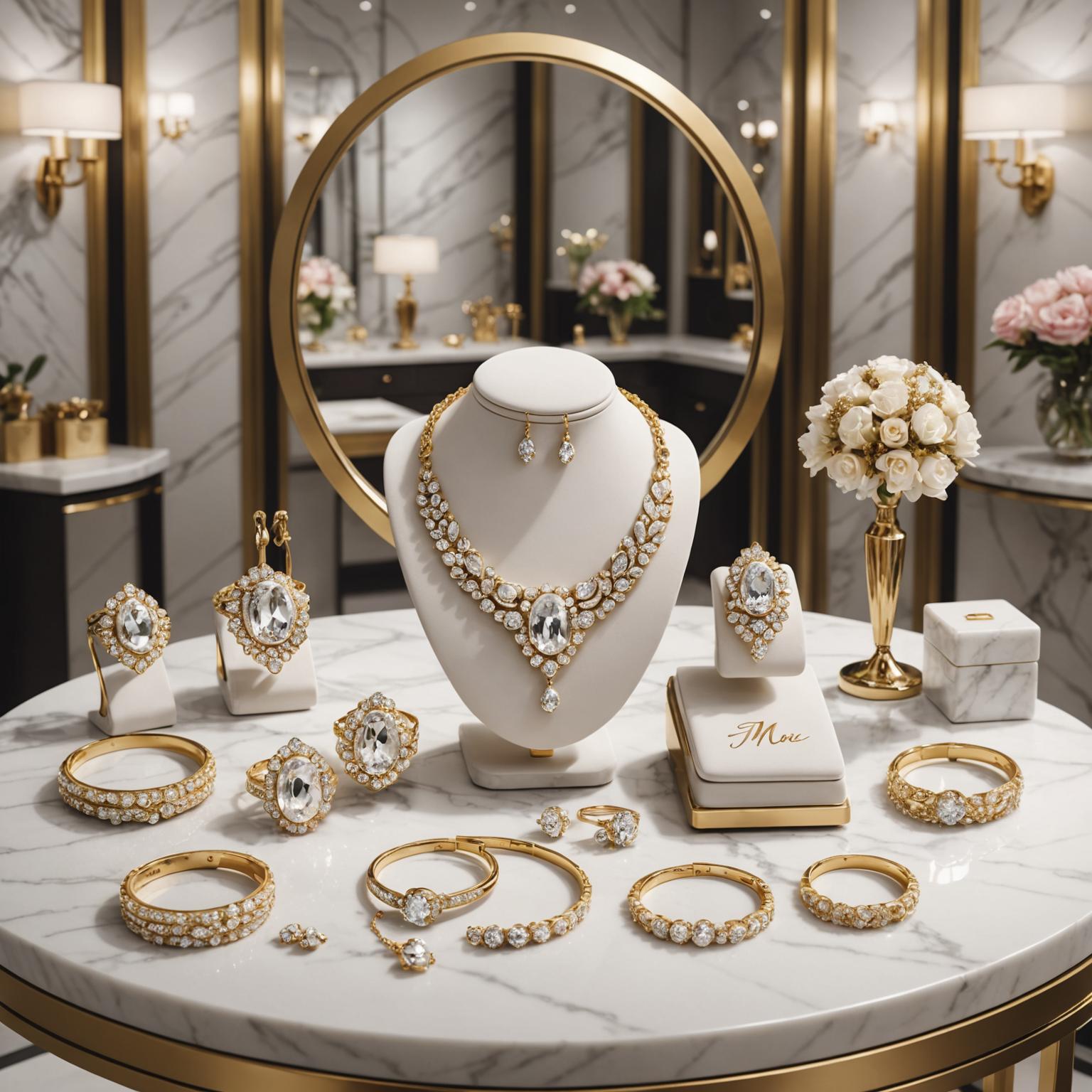
Decode the "emotional password" behind cultural symbols
Not only to describe the pattern, but also to interpret the meaning it carries: "The 'coral necklace' that is essential for the dowry of Nigerian brides is a 'continuation of family blood' for the locals. JUEMEI's 'Covenant' series is not directly reproduced, but instead uses red agate to replace fragile corals, but strictly follows the tradition of 'the diameter of each bead must be 7mm' - because in Yoruba culture, '7' represents the 'harmony of the three realms of heaven, earth and man', we even ask the tribe elders to 'consecrate' the first batch of finished products with traditional spells, so that the jewelry becomes participants in cultural rituals rather than bystanders."
Show "Symbiotic Wisdom between Tradition and Modernity"
Give examples how to adapt ancient culture to contemporary life: "The Marseille warriors' 'Fearless Bracelet' was originally a heavy jewelry made of thick copper. After a discussion with the young Marseille leaders, JUEMEI simplified the totem into three sets of geometric lines, with adjustable memory metal embedded inside - retaining the deterrent power of the 'courage totem' and adapting to urban office scenes. A young entrepreneur in Nairobi said: 'Wear it to talk about business can not only let elders see respect for tradition, but also not appear out of place with suits.'"



